How to add nitrogen to your soil with favas
Fava beans are "nitrogen fixing" plants, which means they enrich the soil with nitrogen as they grow! Learn how to plant favas and discover when to harvest them to get the most nitrogen in your soil.
365
STEPS
TOOLS
Fava beans are cool weather crops, which means that they can be planted in late fall or early spring. In San Francisco, where I live, they can be planted almost all year round.
Favas are the perfect crop to rotate between heavy feeders, like tomatoes. In fact, they are the perfect winter cover crop.

The first step to planting favas is to clear your bed. Pull out any weeds and spent plants.

If you have a drip irrigation system in place, remove it so that you have easy access to work the soil.
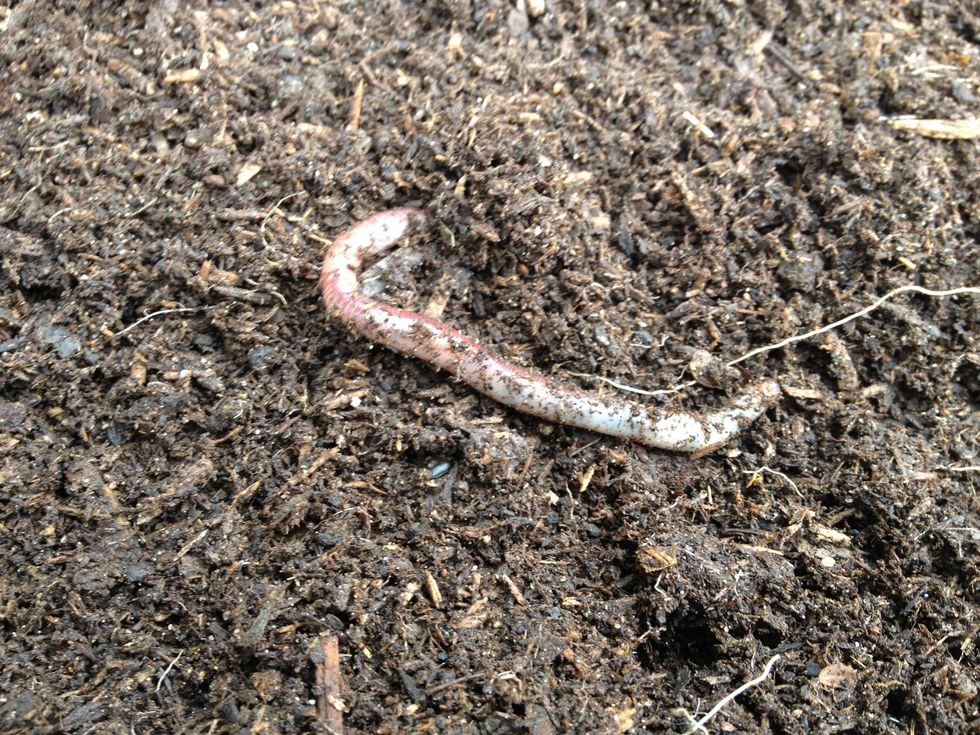
Say hi to any friendly earth worms you see!
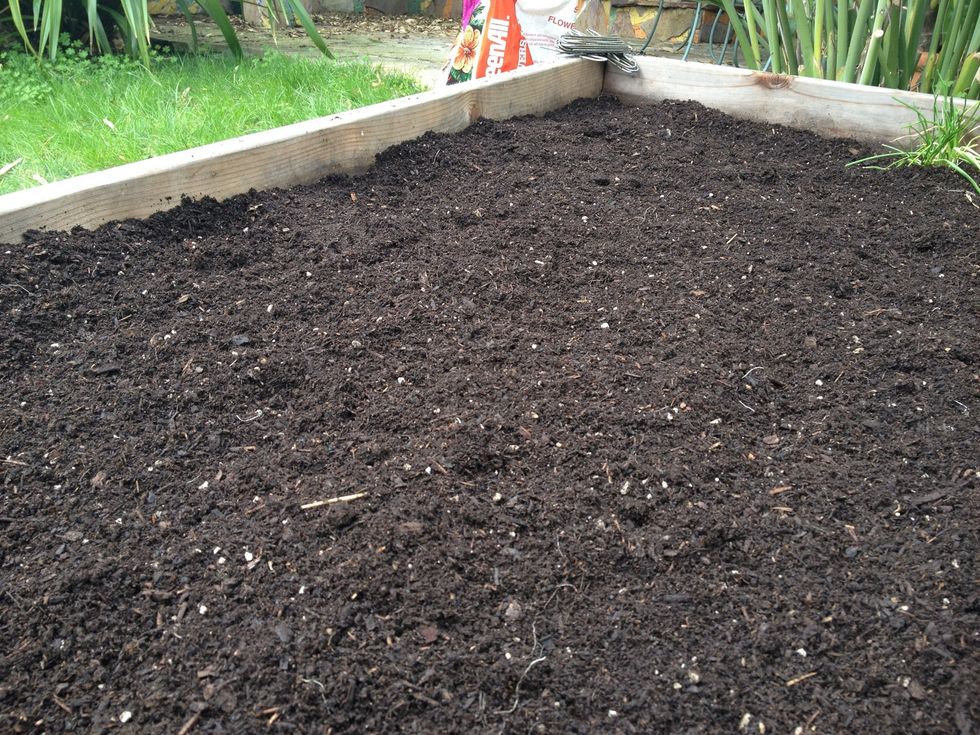
Make sure the planting area is nice and level.
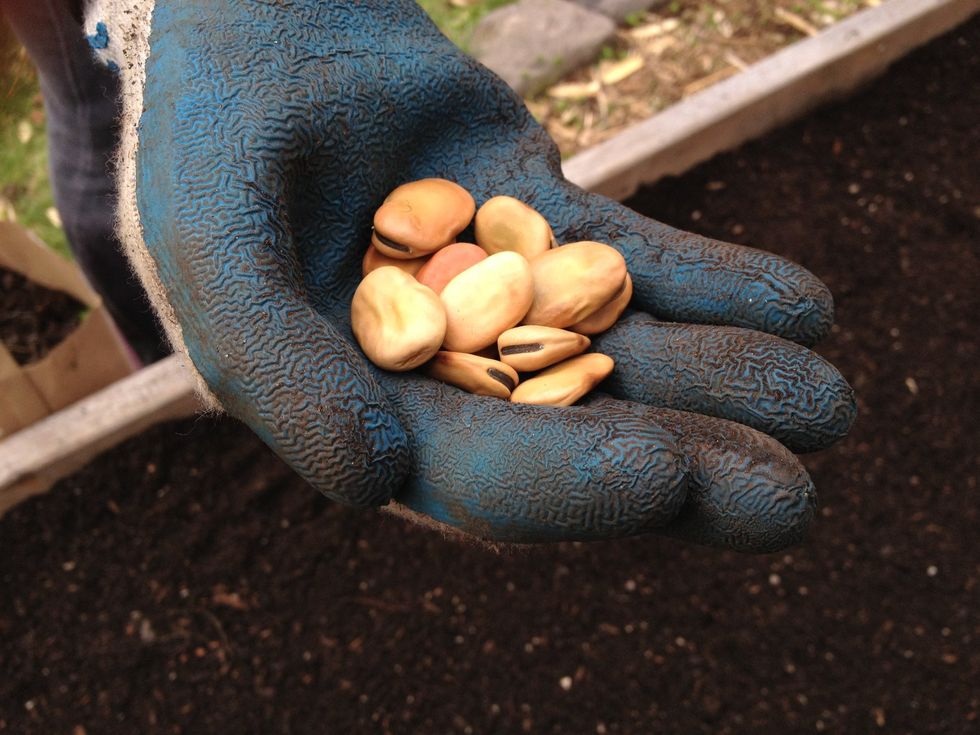
Grab your seeds.

Make an indentation where you intend to plant your row of favas.

Plant the seeds 2 inches deep and 3 or 4 inches apart. If you are planting in rows, make sure they are separated by 18 inches.
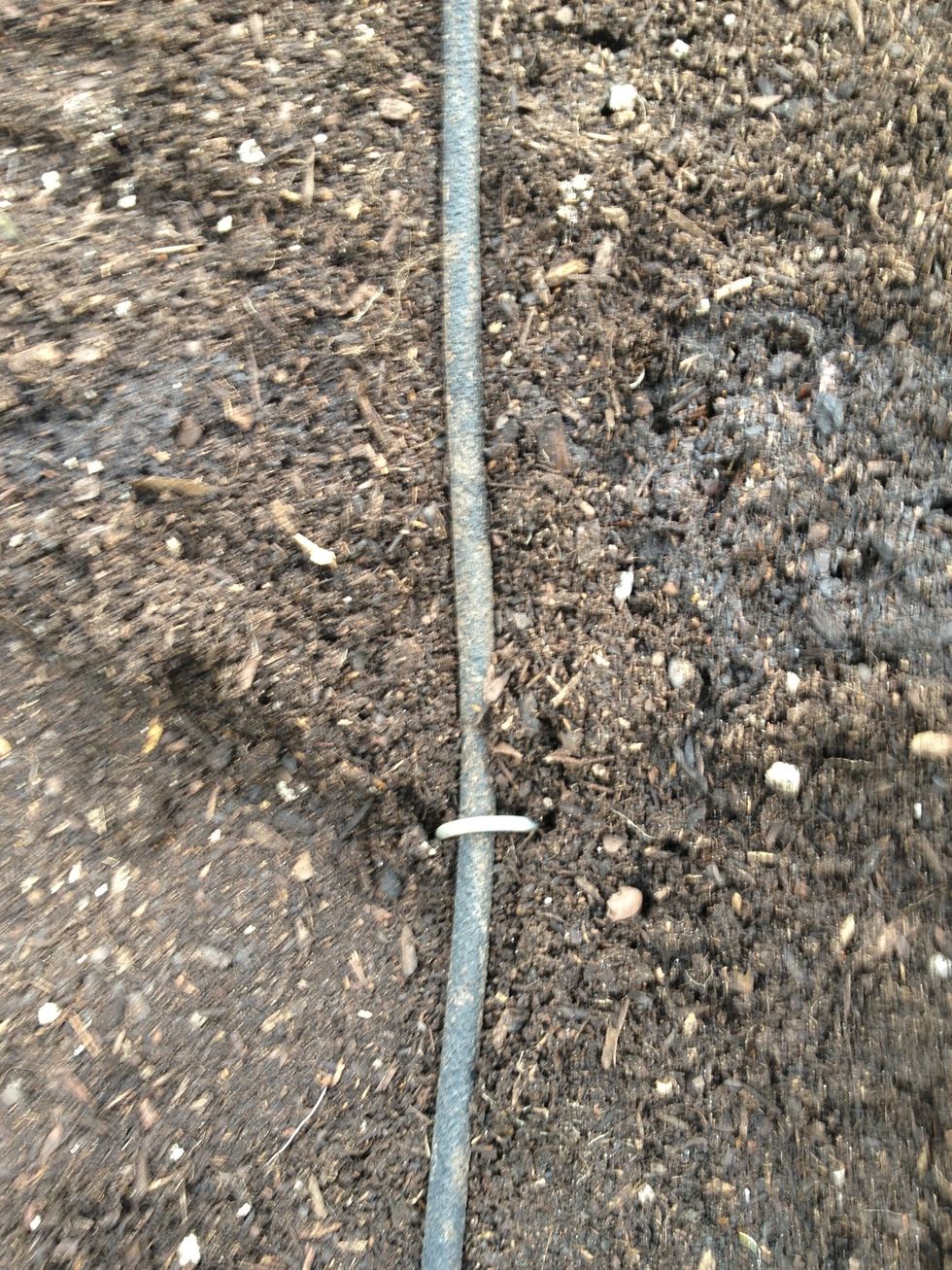
If you have a drip irrigation system, put it back in place. Make sure to stake the lines down away from where you just planted the seeds.
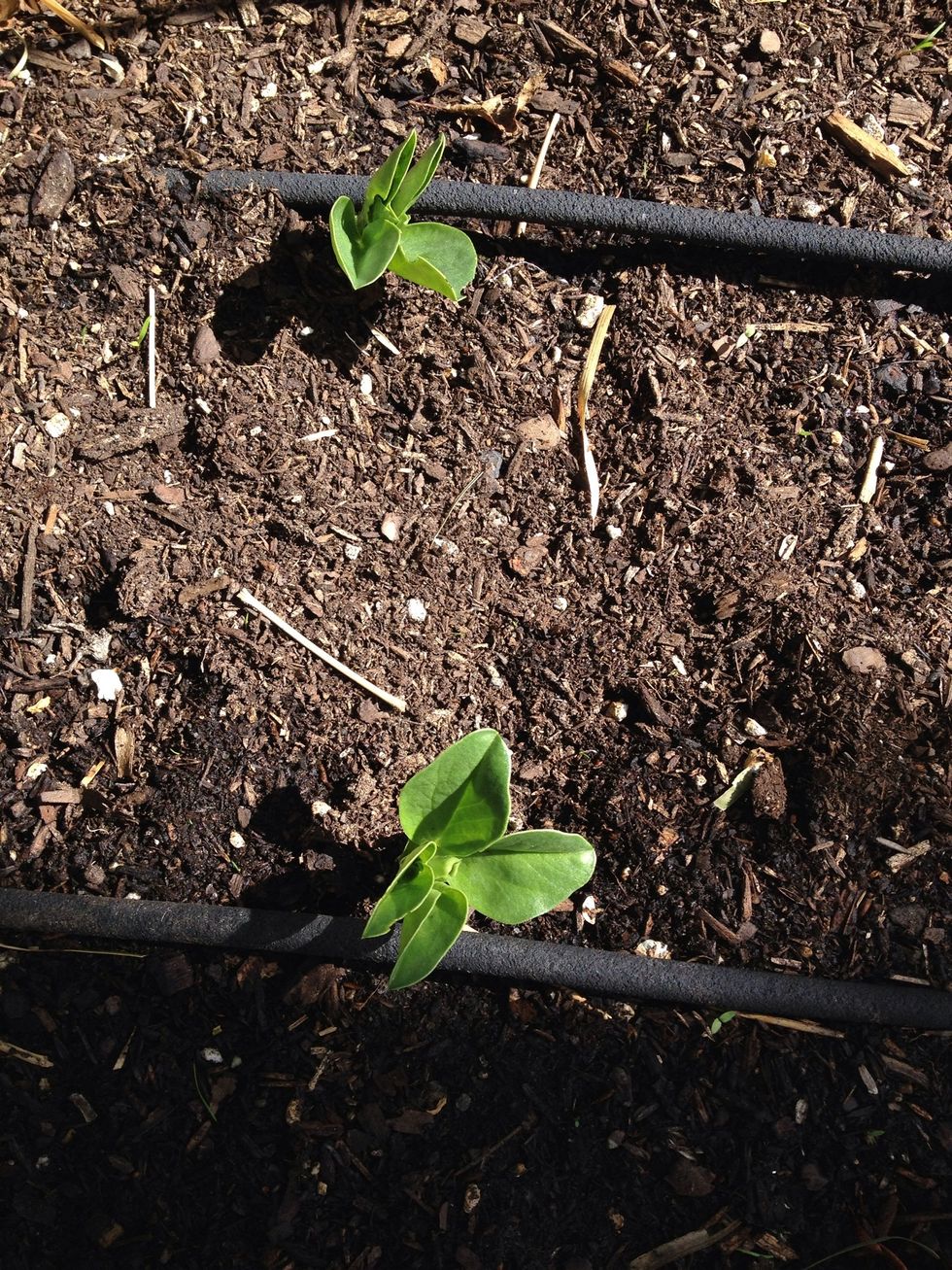
This is what the favas look like after about 3 weeks.
Favas can grow to be 2 to 4 feet tall! They don't need a ton of attention, though some people stake them to give them support (mostly so they don't fall over in windy weather).
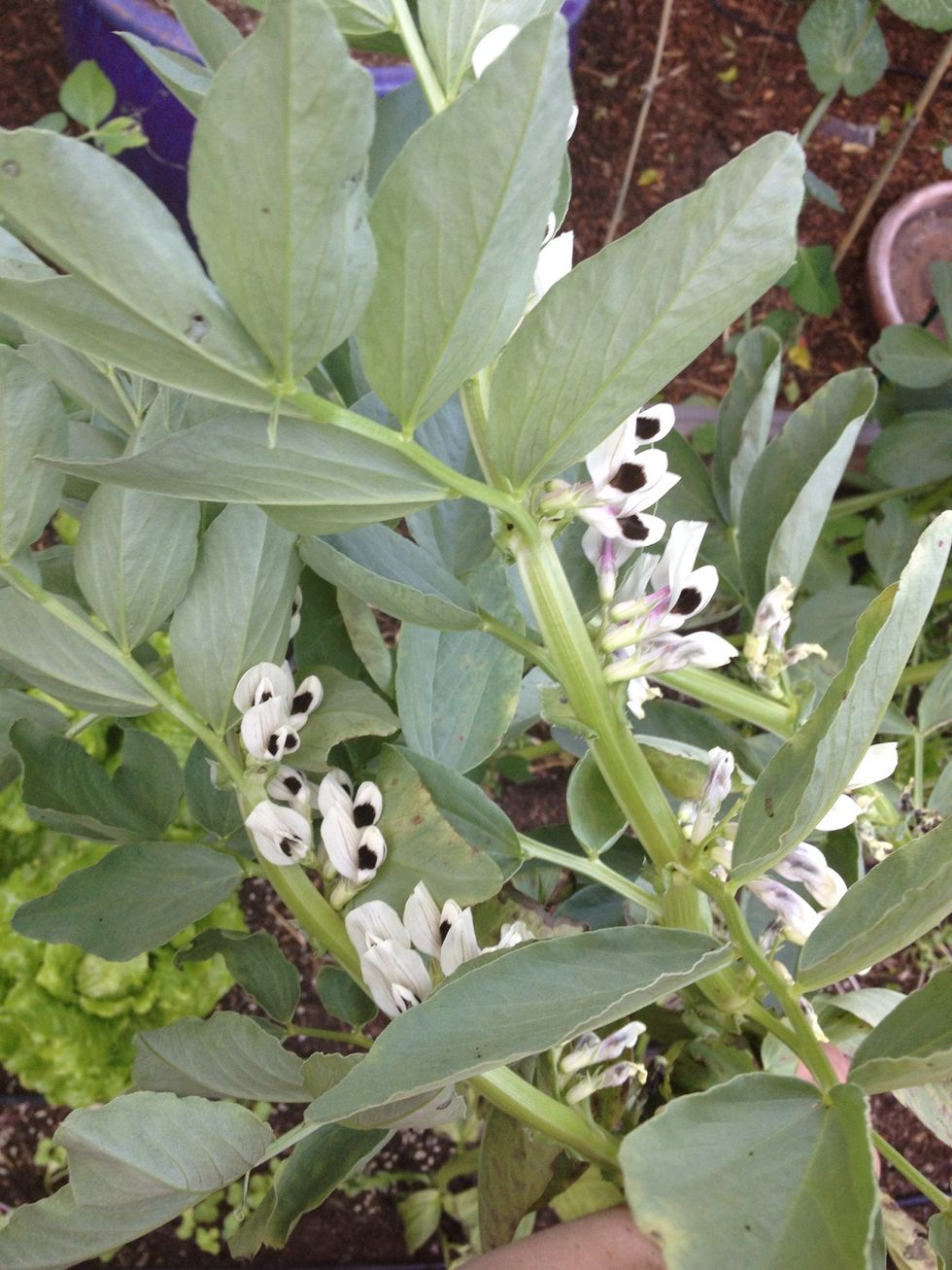
After a couple months the stalks will get quite tall, and start to flower.
To get the most nitrogen benefit, cut down the stalks when they flower. If the stalks produce pods, they are taking more nitrogen then are putting in (thus, negating the "nitrogen fixing" properties).
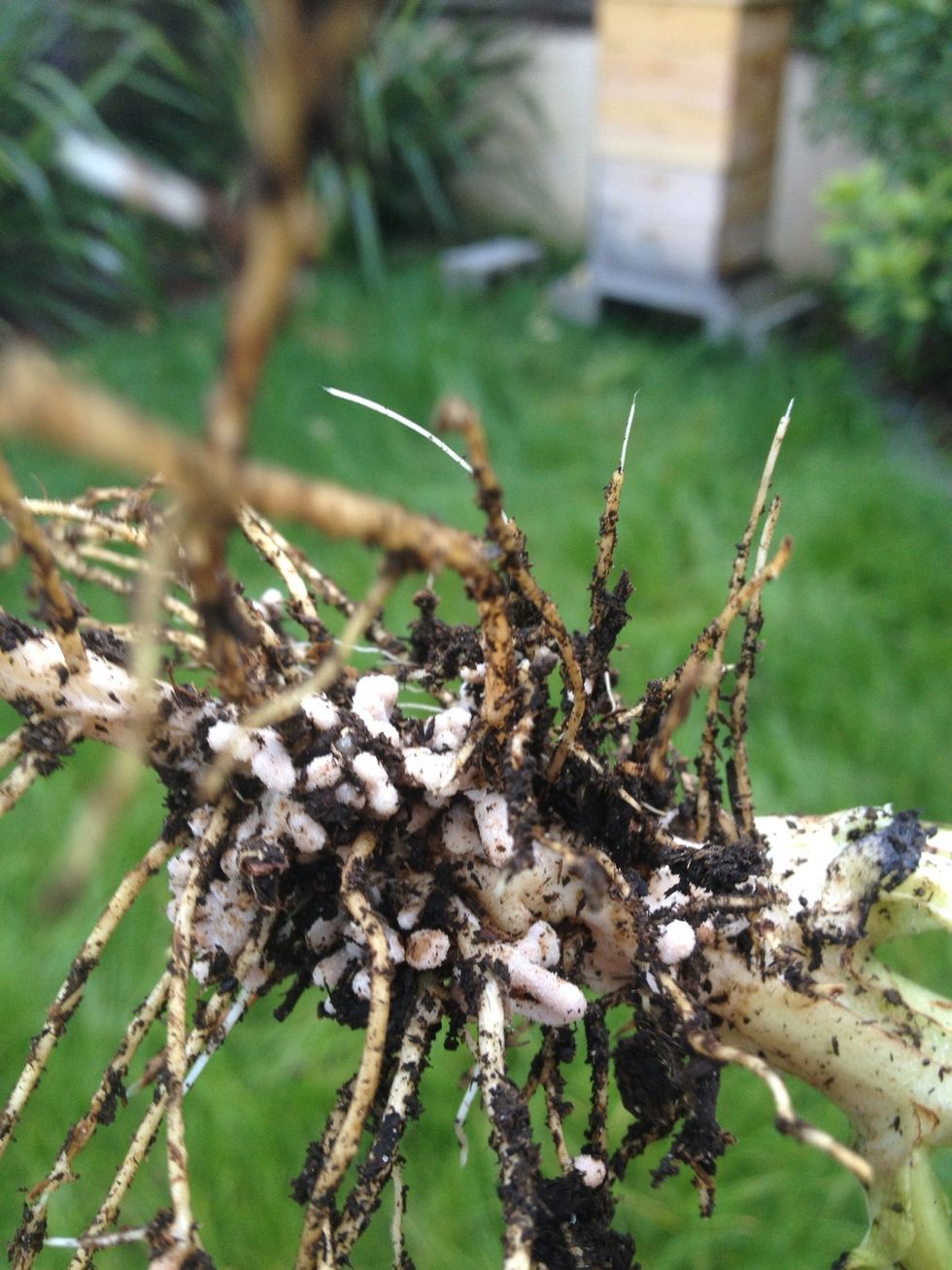
When you pull up the stalks, be sure to observe the nitrogen nodules in the roots. So cool!
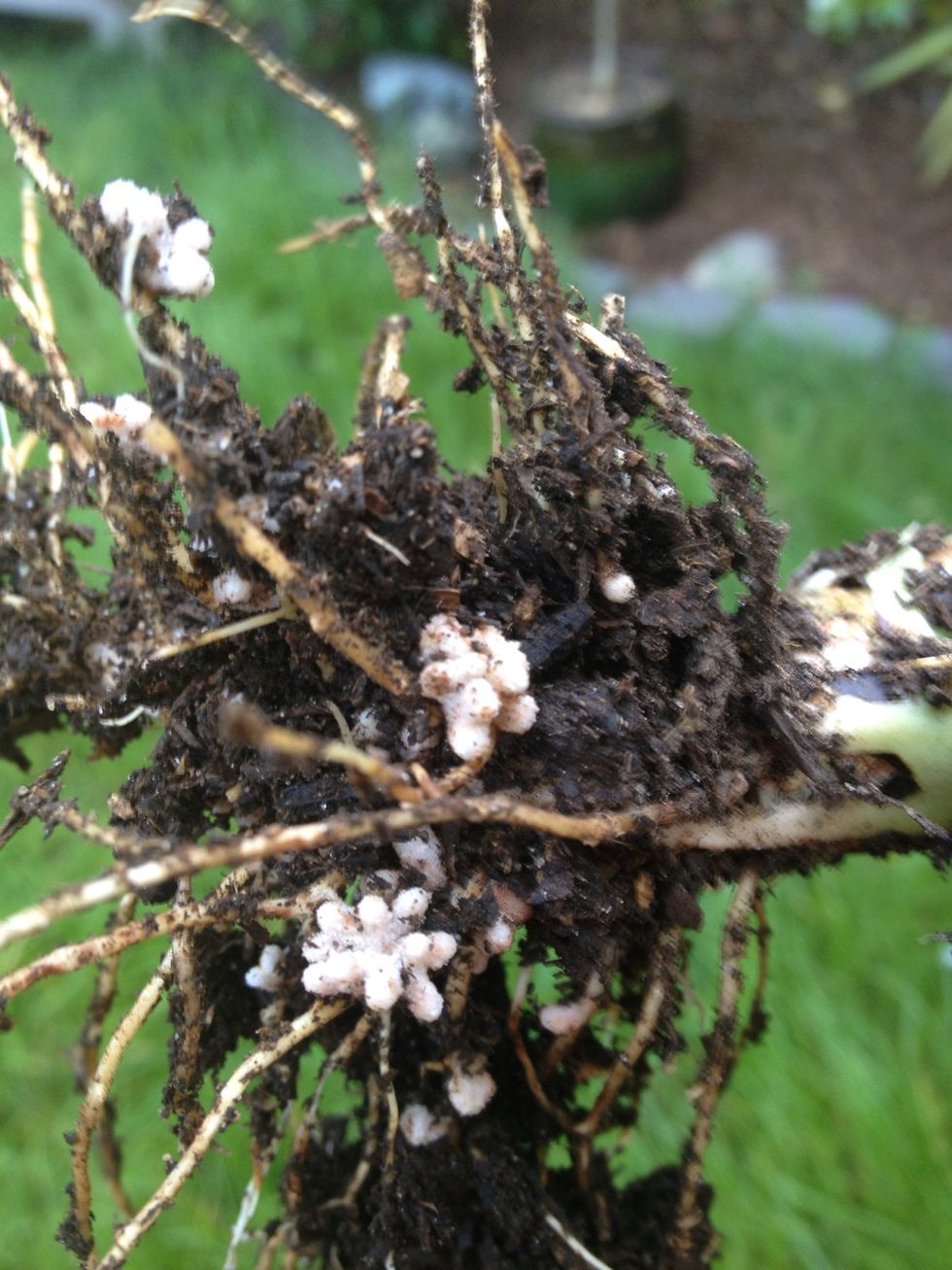
Another close up.
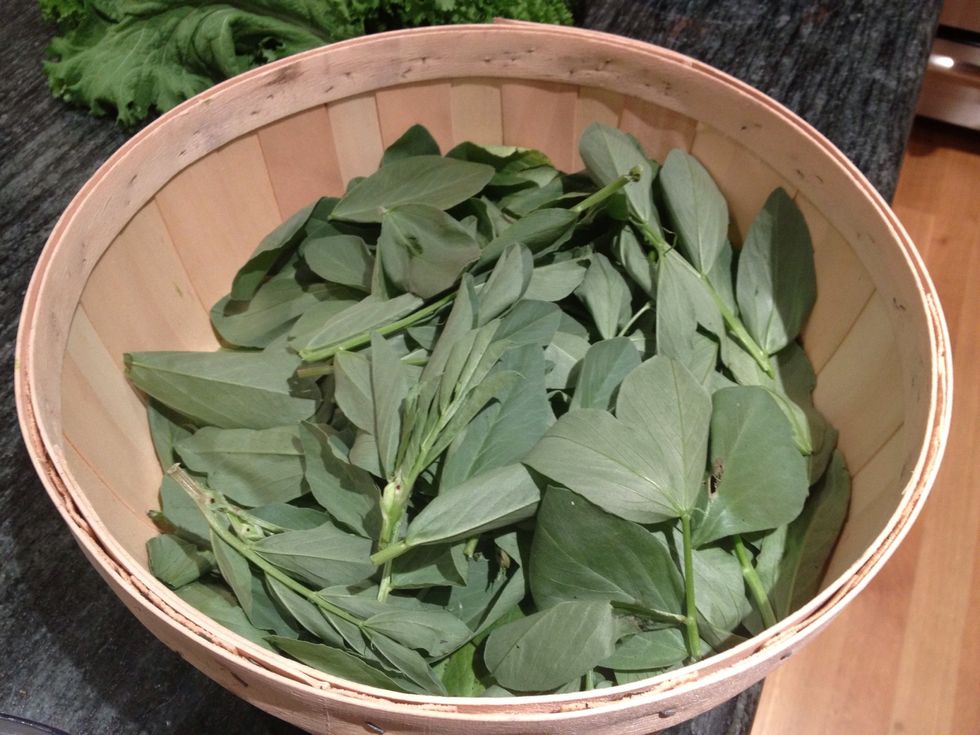
Even though the stalks never get to produce any beans, you can still enjoy the edible leaves.
- Fava beans
- Soil amendment (like compost, worm castings, etc)
- Garden tools and gloves
San Francisco, California
The Conversation (0)
Sign Up